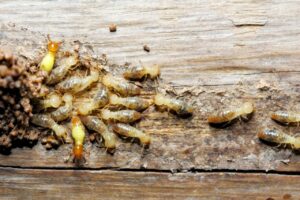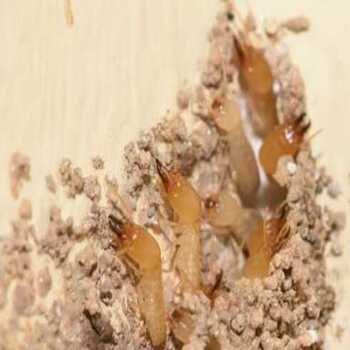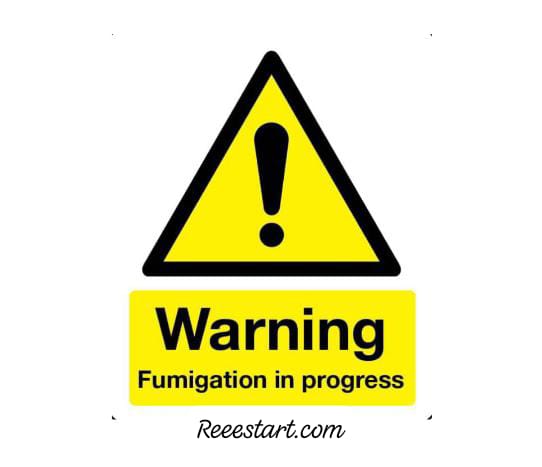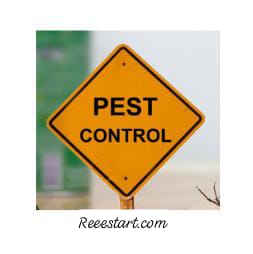Effective termite control is a crucial aspect of ensuring the structural integrity and safety of buildings, Handling this task should be left to specialists accredited by governmental agencies responsible for public health pest control. However, having an understanding of the methods they utilize can provide valuable insights into how to eradicate termites, the best treatment strategies, and efficient ways to prevent their recurrence.
Chemical Methods For Termite Control
Chemical methods For Termite Control are a common approach to termite control. They can be effective in eliminating existing infestations and preventing future ones. However, it’s crucial to use these methods responsibly and in accordance with local regulations.
Soil Treatment
One of the most common and effective methods for termite control is soil treatment. This involves treating the soil around the structure with a liquid termiticide. The process includes:
- Trenching and Rodding
A trench is dug around the building’s perimeter, and holes are drilled (rodding) to allow the termiticide to penetrate deeper into the soil. This creates a continuous chemical barrier that termites cannot cross without being exposed to the insecticide.
- Sub-Slab Injection
For structures with concrete slabs, holes are drilled through the slabs, and termiticide is injected into the soil beneath. This addresses termite colonies that may be nesting under the concrete.
- Wood Treatment
Direct wood treatment is necessary if termites are identified within the wooden structures of a building. This involves:
- Surface Application
Termiticides are directly applied to the wood surface, providing a protective barrier that kills termites on contact.
- Injection
In cases where termite infestation is already present inside the wood, injectors deliver termiticides deep into the wood, reaching hidden galleries and nest sites.
Baiting Systems
Baiting is another strategic method for termite control. It involves placing termite baits in locations around the property.
- Bait Stations
Bait stations containing wood or cellulose materials laced with slow-acting insecticides or insect growth regulators (IGRs) are installed in the ground around the property. Termites feed on the bait and carry it back to their colony, where it eventually leads to the colony’s demise.
- In-Ground and Above-Ground Baits
Baits can be placed both in-ground and above-ground, targeting different termite species and behaviors.
Foam Treatments
Foam termiticides are particularly useful for hard-to-reach areas where traditional liquid pesticides might not suffice:
- Application
Foam is injected into voids, wall cavities, and other inaccessible spaces. It expands and spreads, ensuring that the active ingredient reaches all critical areas.
- Advantages
Foam can penetrate spaces that are difficult for liquid termiticides to reach, providing an additional layer of protection.
Dust Treatments
Dusting is an effective termite control method for dry wood termites and other small infestations:
- Application
Insecticide dust is applied to termite entry and exit points. Termites carrying the dust spread it within the colony, leading to eventual eradication.
- Use in Combination
Dust treatments are often used in combination with other methods for comprehensive control.
Fumigation
Fumigation is a highly effective, albeit extreme, method for addressing severe termite infestations:
- Process
The entire structure is covered with a tent and treated with a gas fumigant. This process eliminates all termites within the treated area.
- Precautions
Fumigation is one of the most hazardous termite control methods and must only be conducted by certified professionals. It requires a temporary evacuation of the building and strict adherence to safety protocols.

Pre-Construction Termite Control
Pre-construction termite control is the most effective way to protect your new building from these destructive pests:
Soil Pre-treatment
Pre-construction termite control aims to protect new buildings from termite infestation:
- Soil Treatment
Before construction, the soil is treated with termiticides. The process includes injecting the soil at a sufficient depth to ensure the termiticide thoroughly saturates the area.
- Vertical and Horizontal Surface Treatment
This involves treating vertical surfaces of excavation walls and foundations (vertical treatment) and the top layer of compacted soil before pouring concrete floors (horizontal treatment).
- Creating a Chemical Barrier
A continuous chemical barrier is critical:
Around and Below the Building
The soil along the building perimeter, especially around water pipes, sewer lines, and electrical cables, is treated.
- Post-Treatment Measures
Once the building is constructed, it’s essential to ensure no disturbance to the treated soil. If any soil movement occurs, immediate retreatment is necessary to maintain barrier integrity.
Post-Construction Termite Control
- Perimeter Treatment
Post-construction treatment often involves treating the perimeter of an existing building:
- Trenching and Injectio
Trenches are dug around the building, and termiticide is injected deeply enough to reach the foundation. The trench is treated with about 4 liters of termiticide per meter.
- Internal Treatment
When termites are detected inside the building:
- Drilling and Injection
Holes of 20 mm diameter are drilled in infested areas to a depth of 30 cm. The termiticide is then injected into these holes to target termites beneath the concrete floor.
- Alternative Flooring Treatments
For clay or sandy floors, pits are dug and filled with bait traps soaked in termiticides.
Examples of Common Termiticides
- Chlorpyrifos 48%:
A widely used emulsifiable concentrate (EC) that is mixed with water.
- Imidacloprid 21.4%:
Known as Prothor in its concentrated suspended (SC) format, this product is effective in termite control.
Understanding Termite Behavior
Before diving into chemical control methods, it’s essential to understand termite behavior. Termites are social insects forming colonies with a hierarchical structure, consisting of workers, soldiers, and reproductive. They feed on cellulose-based materials, often causing significant damage to wooden structures and other cellulose-containing components in buildings.
Comprehensive termite control requires a multi-faceted approach, combining various chemical methods tailored to the specific situation and structure. Employing accredited professionals ensures the use of effective and safe techniques, ultimately safeguarding the integrity of buildings and providing peace of mind against termite threats.




